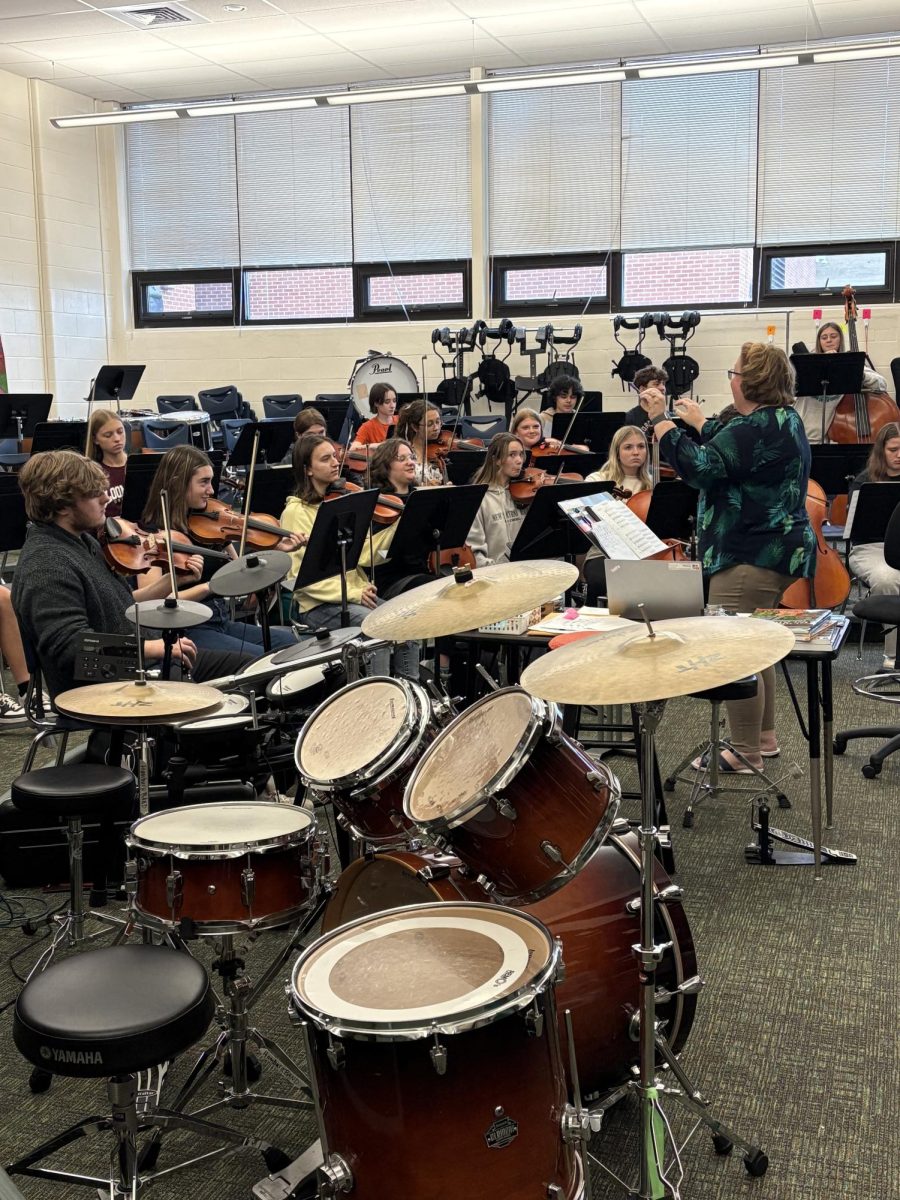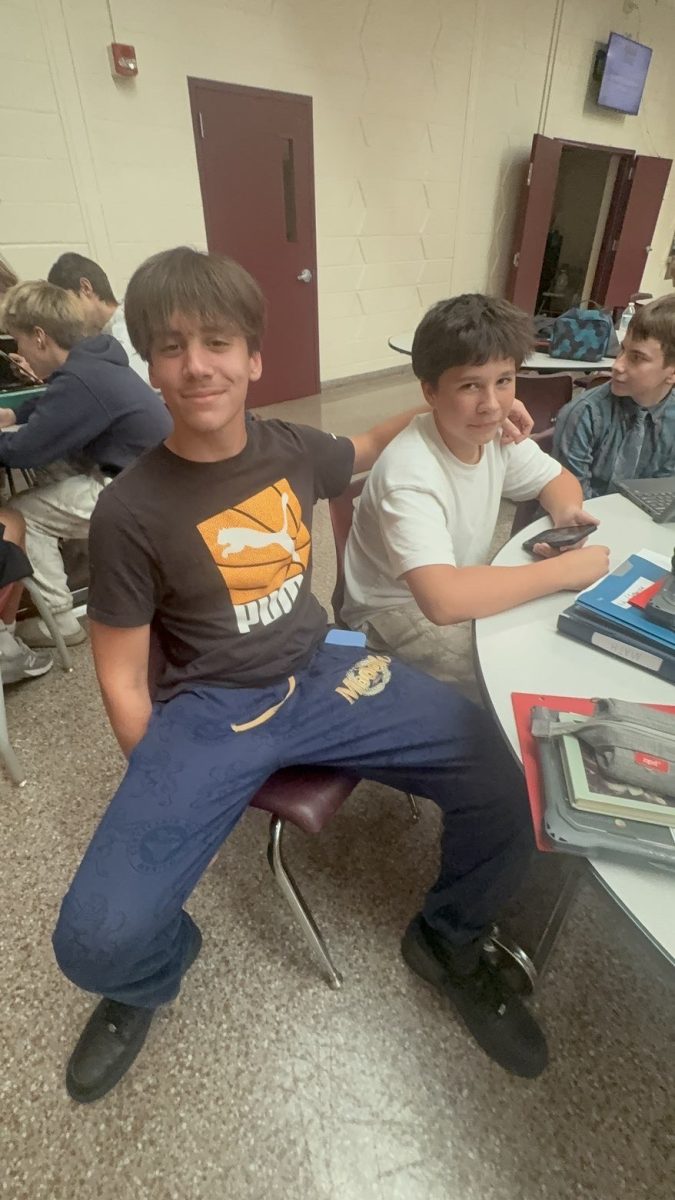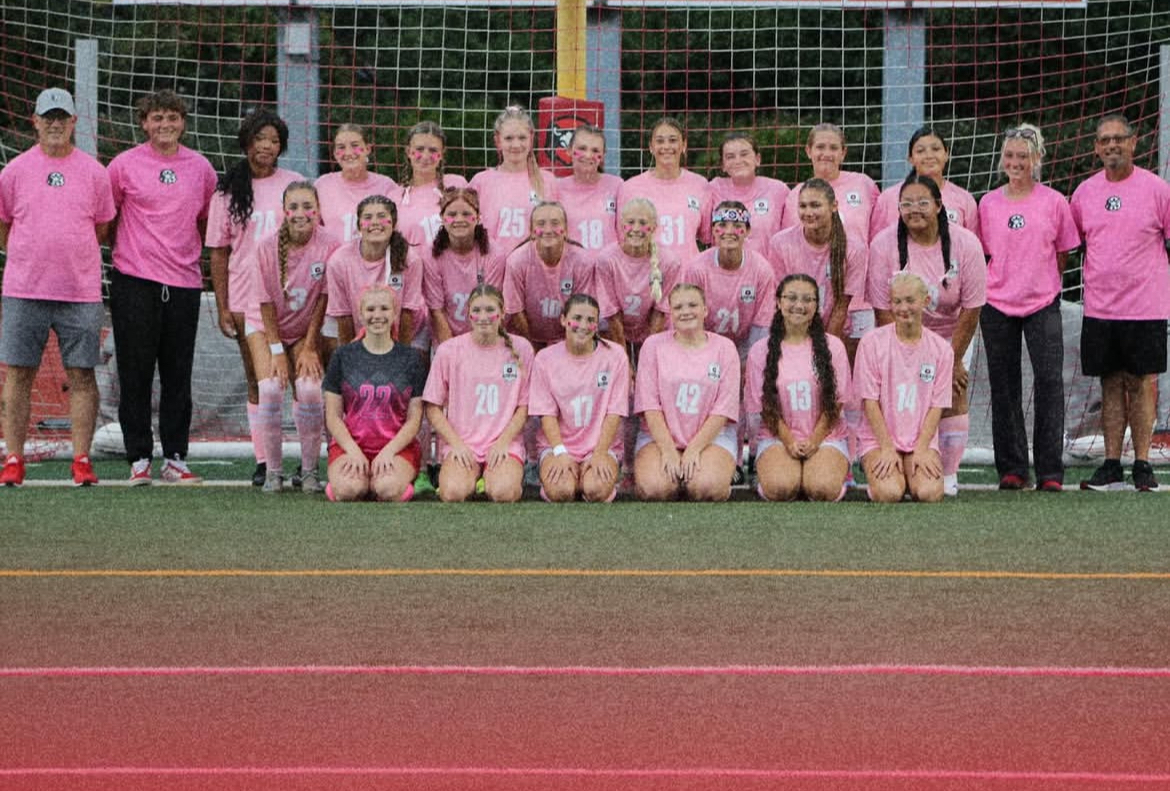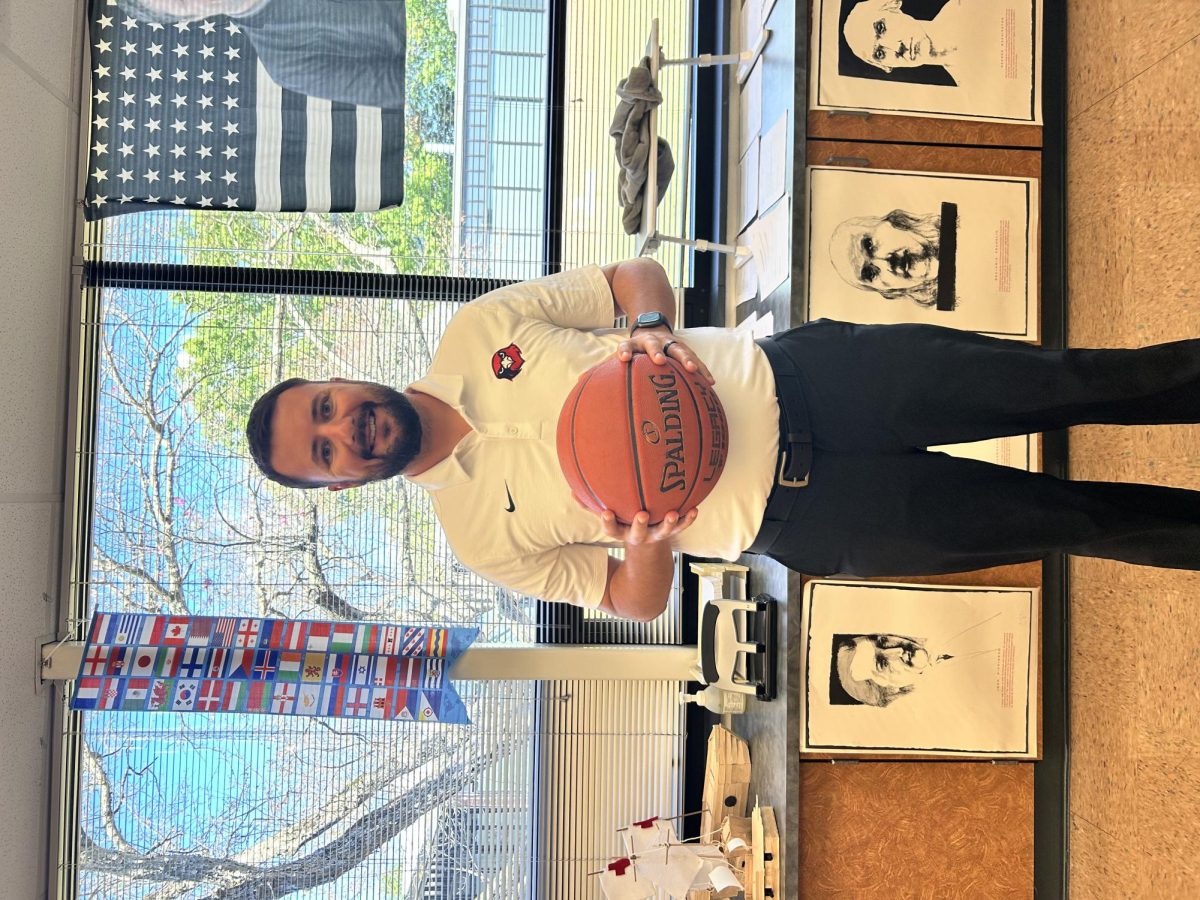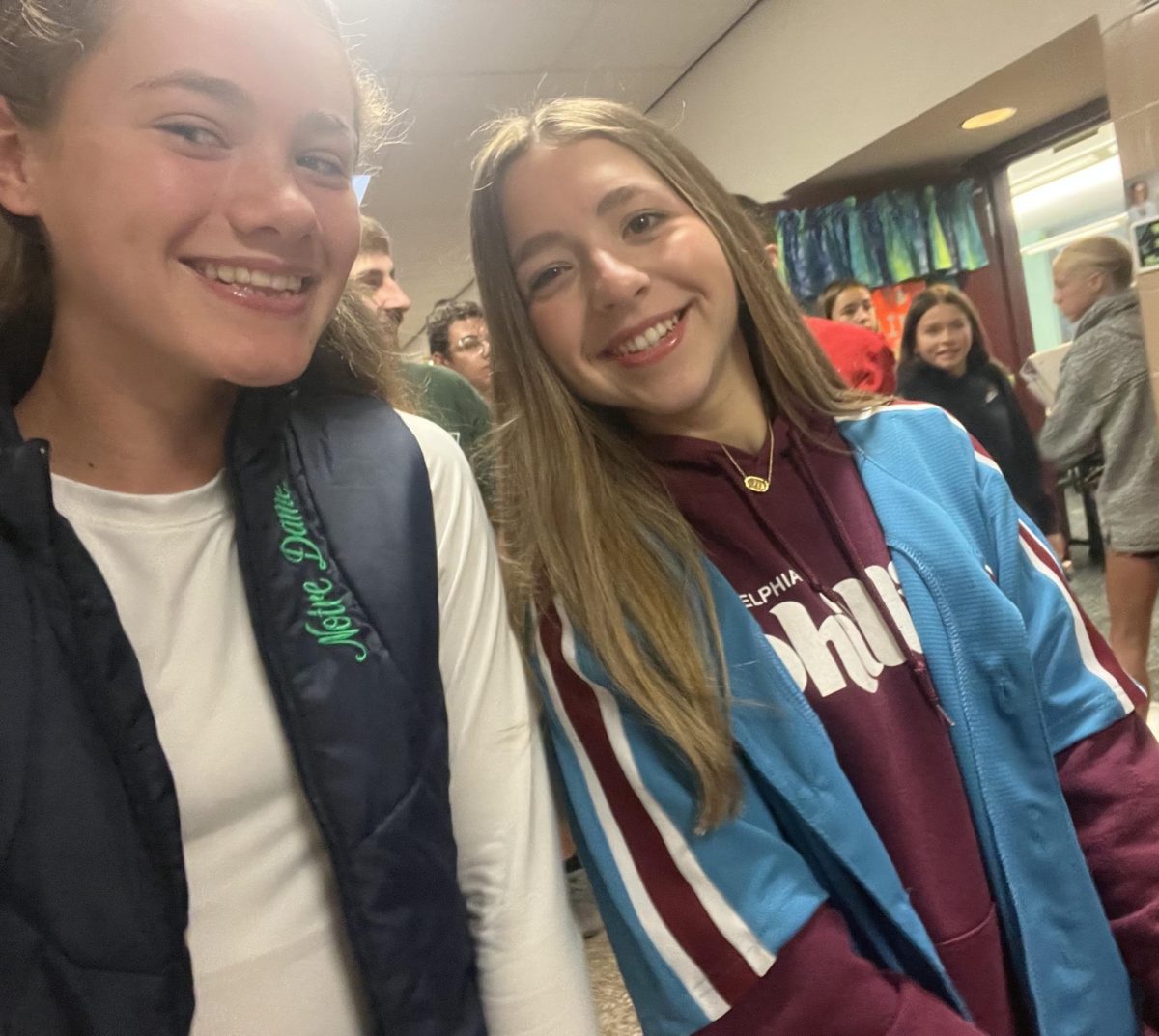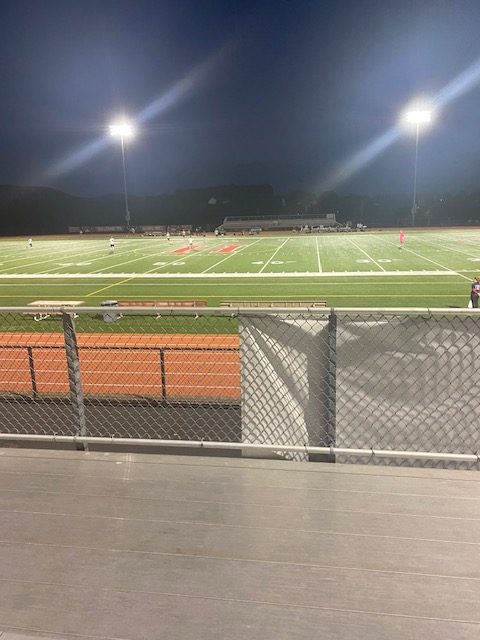Safety drills are crucial in creating a safe learning environment. They are a coordinated effort between school officials, teachers, and lawmakers who aim to simulate real crises. Though they do not replicate the unexpectedness of a real emergency as students are usually warned, their simplicity and constant repetition help everyone in the building know how to respond quickly to disaster.
Mr. Laughlin is a chemistry teacher who likes making science into an interwoven story. For him, every scientist has a story and is influential to today’s knowledge of how the world works. Before working at Hamburg, he taught at a school district that followed similar safety procedures as the HAHS. However, one moment he will never forget from his former school is their experimentation with realistic drill training, leading to the police apprehending him as the real “intruder” who got away.
Mr. Laughlin’s encounter with the police was on a teacher in-service school day at his old school. As part of training, teachers practiced a realistic break-in simulation where the police worked to capture the principal using unfiltered field tactics. It was a game of cat-and-mouse, and the rules were as follows: the principal went into a room of his choosing, put a red slip in front of the door to warn the police, and waited to be unofficially arrested.
When the simulation started, the principal, not this school’s principal, walked the halls and chose to station himself in Mr. Laughlin’s room. Before sitting, however, he put the red slip in front of the door to make his location known. By then, the police had started sweeping the building but did not know his exact location, so to kill time, he started chatting with Mr. Laughlin. Though the principal looked to have finished his duties, he likely knew that a real criminal would try to avoid capture using their environment. As such, when he heard an army of footsteps outside the front door, he quietly escaped through the laboratory. The move was unplanned, and when the police entered and saw how Mr. Laughlin was the only person in the room, they assumed he was the principal and seized him.
Mr. Laughlin still has strong memories of when the police came in and thought he was the “intruder.” He explained how the police did not hold back when it came to pinning him on the ground and handcuffing him with their guns pointing in his direction. Though he was sitting down in a non-threatening position, the police used pain compliance techniques due to the hypothetical severity of the crime and the need to quickly subdue the “intruder,” as part of the police department procedure stated by UCLA. However, the police were supposed to capture the principal, not the chemistry teacher. When they realized their error, they uncuffed him and walked out, all while Mr. Laughlin continued to process what had happened.
Though the police and the school’s errors were not meant to harm Mr. Laughlin, the situation shows how teaching is difficult with or without students. If an instructor is not lecturing a class, they are managing the work submitted by multiple students. The mistake also demonstrates the unpredictability of working as a teacher as their schedule often changes due to school-wide events or new assignments set out by the school. As Mr. Laughlin works to forget his former school, he hopes never to experience such a stressful situation again.
For more information about the limits of the police’s use of force, visit https://police.ucla.edu/other/use-of-force.




